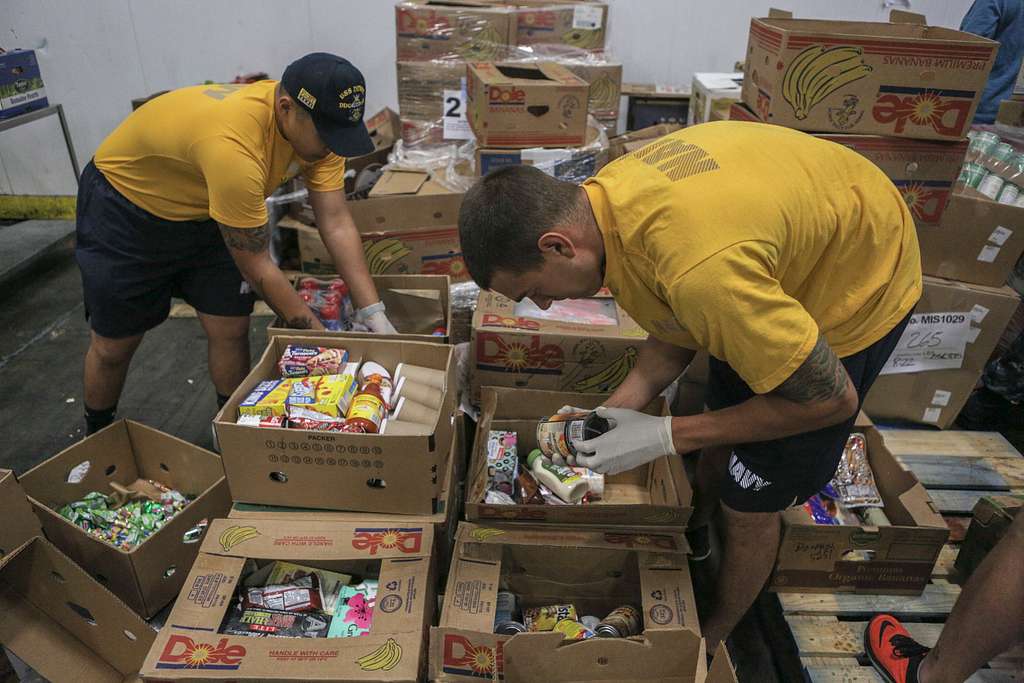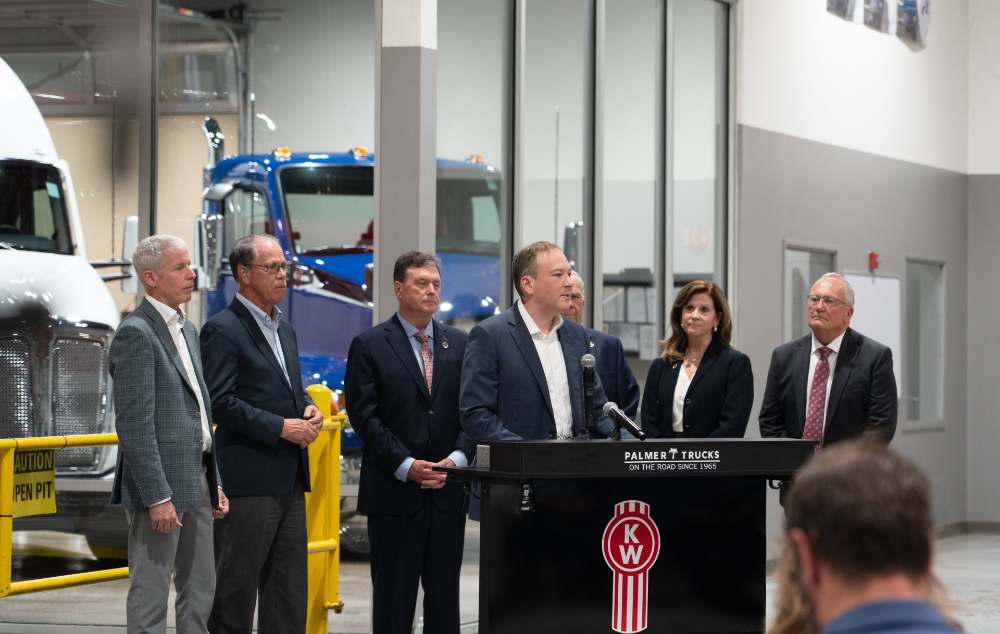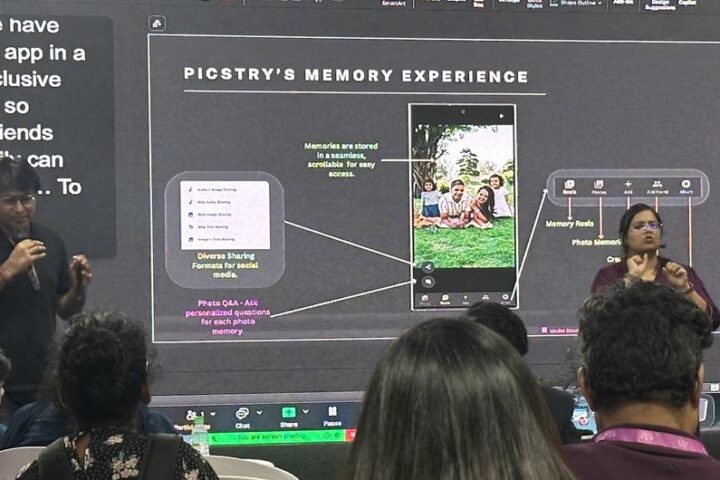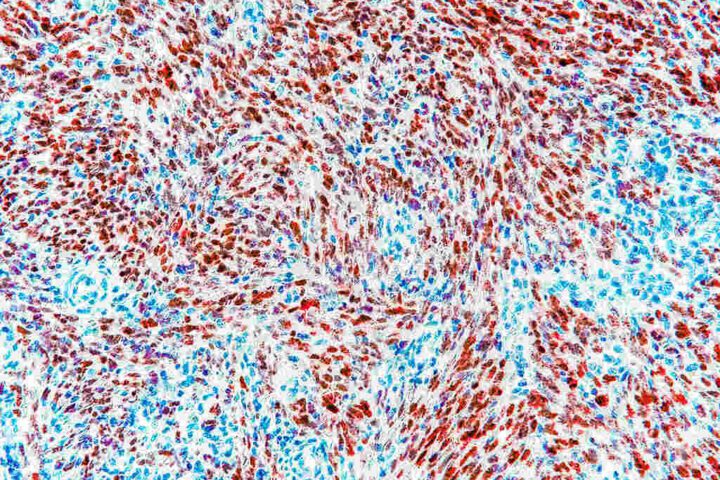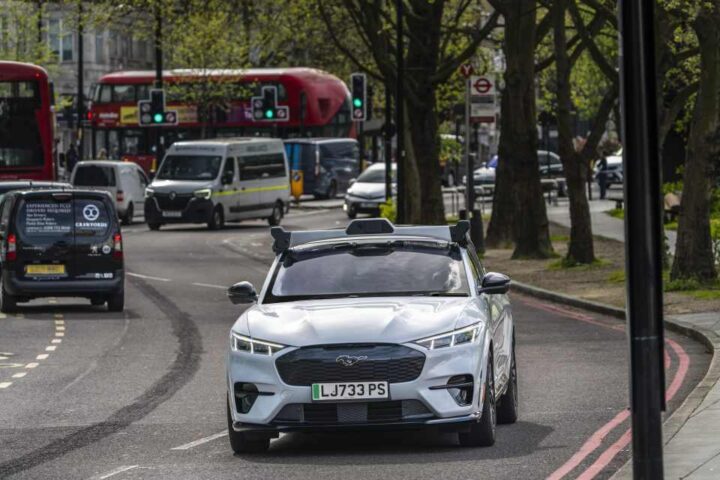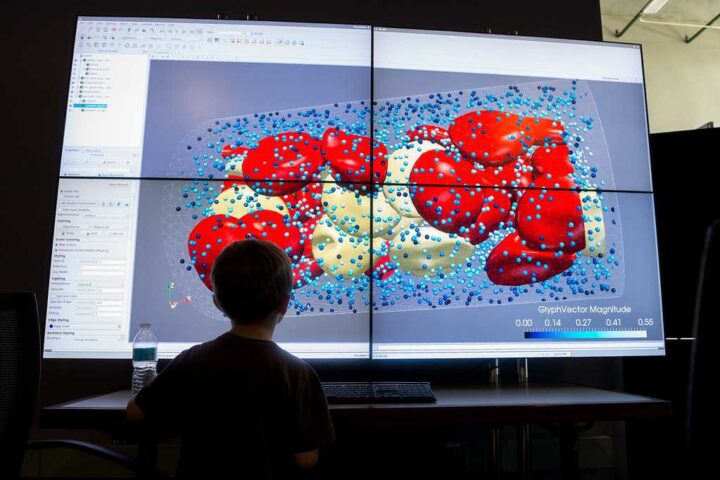University of Houston researchers are creating an AI-powered dashboard to help food pantries respond faster after disasters like hurricanes. This technology could make a big difference for hungry families when they need help most.
The $300,000 project is part of a larger $1.2 million grant from the U.S. Department of Agriculture’s National Institute of Food and Agriculture. The money was announced on June 18 and divided between UH and three other institutions to improve disaster response after hurricanes Helene and Milton hit Florida last fall.
The system will let food pantry leaders send simple text messages about what they need. The AI then sorts these messages by importance on a dashboard that emergency coordinators can easily view. This cuts through communication problems that often slow down help after disasters.
“Our AI system can automatically and efficiently process large volumes of status reports, enabling emergency coordinators to respond more quickly when demand spikes,” said Marcus Sammer, who is developing the application at UH’s Computational Biomedicine Lab.
The dashboard isn’t limited to hurricane response. The team is designing it to adapt to many types of disasters including fires and floods. This flexibility means the tool can help in various emergency situations.
Food insecurity—not having reliable access to enough affordable, nutritious food—affects millions of Americans. In 2023, 13.5% of U.S. households experienced food insecurity at some point, up from 12.8% in 2022. Natural disasters make this problem worse when they disrupt power, cause flooding, or force people from their homes.
Ioannis Kakadiaris, the lead researcher and computer science professor at UH’s College of Natural Sciences and Mathematics, believes lessons from this project will eventually help Houston. “Our team is building directly on experience gained from Hurricane Harvey in 2017, and we expect the lessons learned in Florida will strengthen our disaster response capabilities back home in Houston,” he said.
The project builds on UH’s growing expertise in using AI for food security. Kakadiaris has received more than $2.2 million since 2021 to develop AI-based food security systems. His team works closely with food banks and pantries to understand their challenges.
Similar Posts
Florida food pantries will be able to test a pilot version of the system by September. During the one-year study period, researchers will also survey stakeholders to better understand their current communication systems and needs.
This initiative is part of the USDA’s Rapid Response to Extreme Weather Events Across Food and Agricultural Systems program, also known as A1712. This priority area funds projects that deliver quick solutions following disasters.
In addition to UH’s dashboard project, the USDA grant is supporting three other efforts:
- AgriSafe Network, Inc. will train at least 600 farmers and ranchers in flood recovery and emergency preparedness.
- East Carolina University Agromedicine Institute will provide mental health support and safety equipment to communities in Western North Carolina.
- University of Florida will create a generative AI platform that helps farmers assess crop damage after hurricanes.
Together, these projects address different aspects of disaster recovery in the food and agricultural systems.
When disasters strike, getting food and supplies to the right places quickly becomes extremely challenging. Food pantry coordinators often struggle to communicate their most urgent needs while dealing with power outages, damaged roads, and overwhelmed phone networks. The AI dashboard aims to cut through this chaos by providing a simple way for pantries to report their situations and get the help they need faster.
If successful, this technology could become a valuable tool for emergency response across the country.
